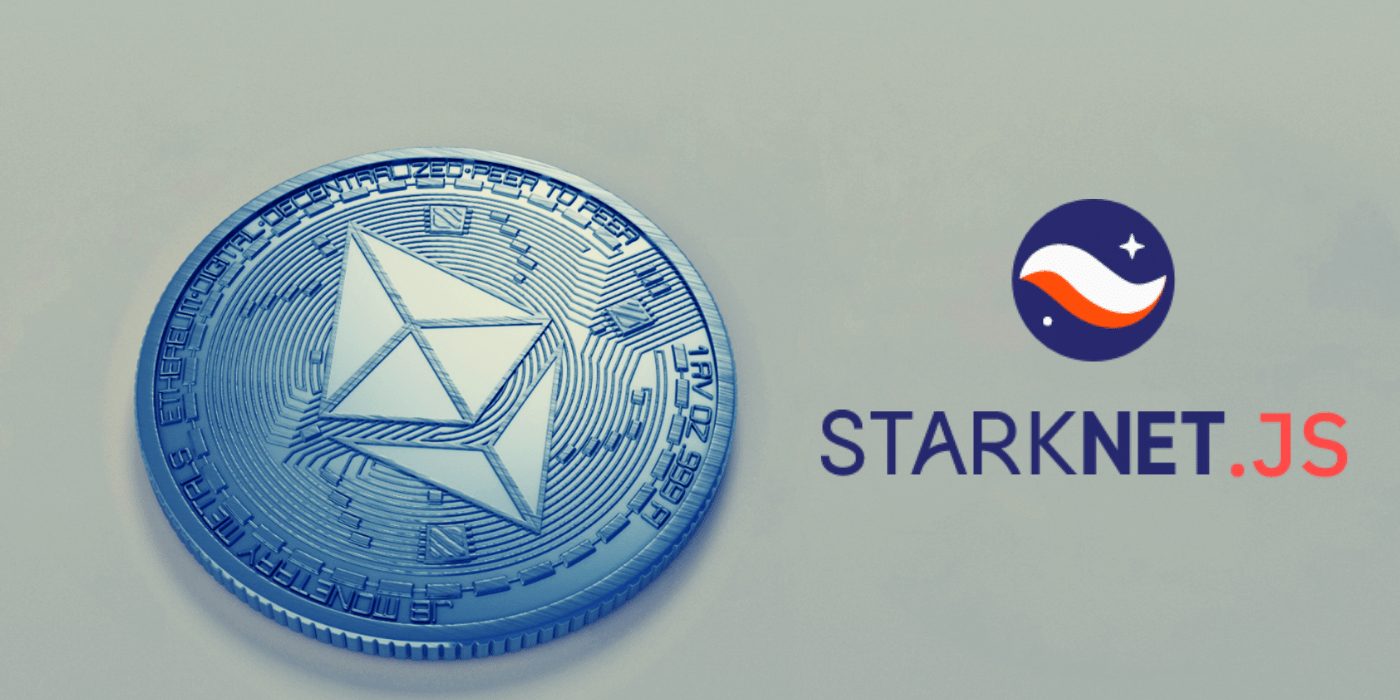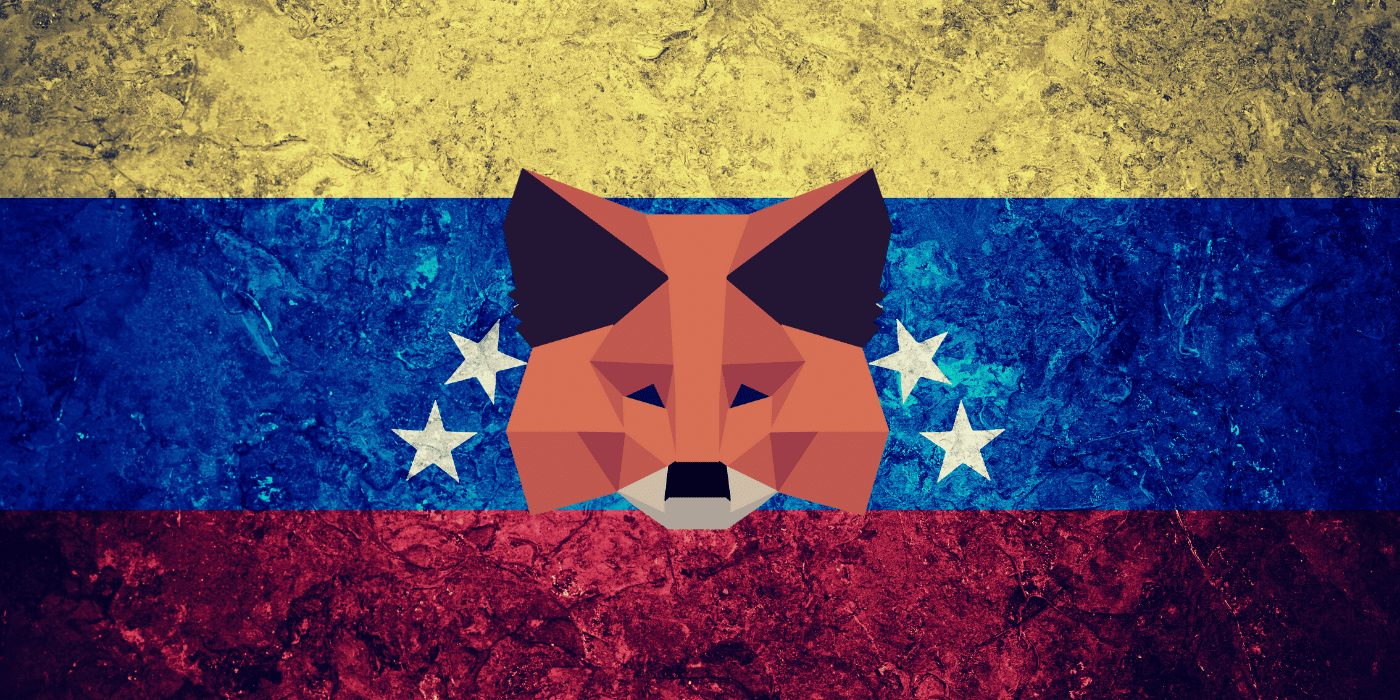Racy online video subscription platform OnlyFans has donated 500 ETH (about US$1.27 million) to UkraineDAO, a decentralised autonomous organisation raising funds to support Ukraine in its resistance to the Russian invasion.
Risque vs Reward: Personal Element to OnlyFans’ Altruism
The website says it has now contributed over US$5 million to various humanitarian efforts supporting the besieged country, its charitable effort led by OnlyFans’ Ukrainian-American owner Leonid Radvinsky.
Radvinsky bought a 75 per cent stake in OnlyFans’ parent company Fenix in 2018, before the platform witnessed explosive growth during the pandemic. In its embrace of Web 3.0, the platform has added an NFT feature that allows users to put up digital collectibles verified on the Ethereum blockchain as their display photos.
Since Russia’s invasion began last month, UkraineDAO has been a leading crypto contributor to Ukraine’s government, which has now received more than US$100 million in crypto donations from a range of sources.
UkraineDAO was formed by radical Russian art collective Pussy Riot and NFT studio Trippy Labs. OnlyFans’ 500 ETH contribution was counted as part of the largest single donation to date, from a US$6.5 million crowd-funded NFT sale on March 2.
CEO Extends Sympathy to Creator Community
“These tragic events have had a terrible impact on individuals, including members of our creator community,” OnlyFans CEO Ami Gan said in a statement.
Given our strong personal ties to Ukraine, we wanted to support in a way which felt true to who we are at OnlyFans, and which focused on getting aid and support to the Ukrainian people.
Ami Gan, CEO, OnlyFans












